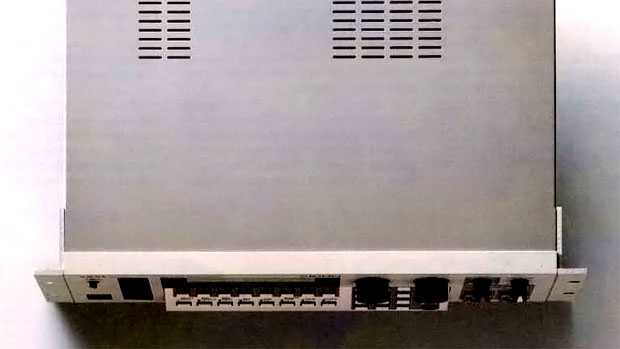What happened to MIDI? Where did it go?

MIDI was a revolution in music and audio. Before MIDI, which means before 1982, every musical instrument manufacturer had their own way of connecting their equipment together.
So you could connect Yamaha to Yamaha, Roland to Roland. But if you tried to connect Yamaha to Roland you would come unstuck.
Once MIDI (Musical Instrument Digital Interface) had taken off however, you could connect anything to anything.
This allowed interoperability between just about any musical equipment you could desire to own.
But something else much more important happened...
The MIDI sequencer was invented!
The concept of the MIDI sequencer is that you can record key presses from a musical keyboard into a computer. Then you can use that to build up several tracks, each controlling a MIDI sound generator that would create the audio live from the note data.
The sound generator would be a synthesizer or sampler, or perhaps a module whose sounds were based on samples although you couldn't add your own.
So in the 1980s and 1990s everything was MIDI-this, MIDI-that, MIDI-MIDI-MIDI...
You couldn't get away from it.
But we don't talk much of MIDI anymore, so what happened to it?
What happened to MIDI was first that MIDI sequencers acquired audio recording functions.
Loop-based music was already popular. Loops were recorded into samplers and triggered by notes recorded into MIDI sequencers.
But with an audio sequencer, you could create a loop directly in a track without the need for a sampler. So MIDI wasn't required.
Loop-based music became incredibly popular, and people would add drums and guitars to loops. Single-sample sounds could be positioned on a track wherever you wanted, once again without the need for a sampler.
And where you needed several sound modules, or a multi-timbral module, to create audio from a MIDI sequencer, you could just play keyboard sounds directly into your audio sequencer.
So gradually almost everything MIDI disappeared from the studio.
Except that it didn't disappear, it went underground.
So these days you probably don't connect your music keyboard to your computer through a MIDI cable and MIDI interface; you connect it with a USB cable.
It isn't actual MIDI data flowing from your music keyboard to your computer, but it is very MIDI-like in structure...
Just as MIDI had note-on and note-off messages (and no such thing as a 'note-continue'), these same types of messages are used today.
You can play software instruments directly from your USB-connected music keyboard and record their audio output. Or you can record MIDI tracks that contain note data but no audio; these MIDI tracks will drive software instrument tracks.
These MIDI tracks contain data that is exactly like MIDI - which notes you played, how hard you played them, modulation wheel and pitch-bend data etc. All corresponding directly to the MIDI of old.
It could be that we are overdue for a revolution, and something much better than MIDI could be invented now. However, the legacy of the past is deeply entrenched and it is likely that we will be using this 'under the surface' MIDI for decades to come.






























